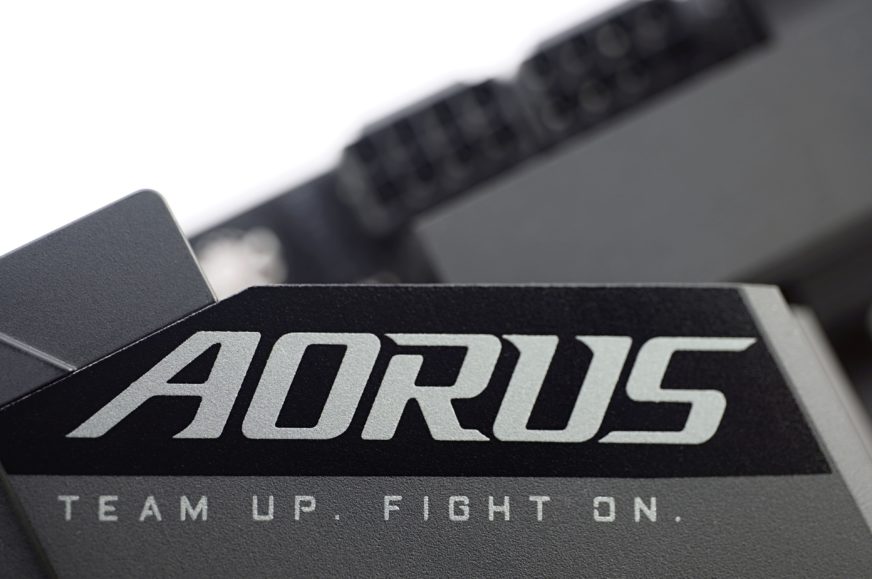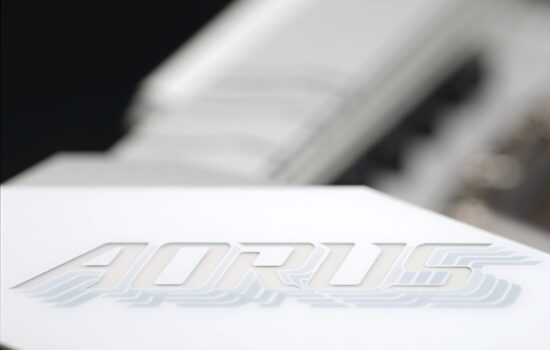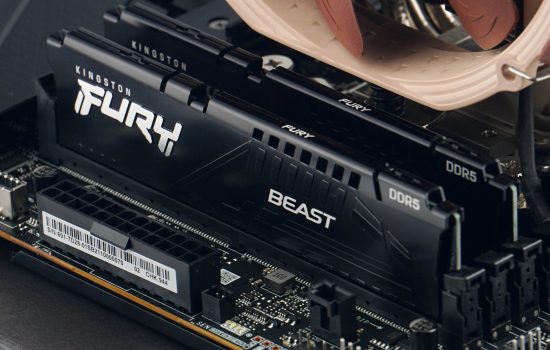Conclusion
With motherboards, we don’t like to write about “gaming” hardware. They usually have virtually no effect on gaming performance. In this case, however, there is something to the marketing slogan, although not for free, and in some cases the higher performance is paid for by higher power draw in games. However, there are naturally more reasons to care about or, on the contrary, to avoid the Gigabyte Z790 Aorus Elite AX.
Conclusion
Computers built on the Gigabyte Z790 Aorus Elite AX can outperform even builds with more expensive motherboards. Especially in gaming, where Gigabyte’s board delivers higher performance than the significantly more expensive Asus ROG Strix Z790-E Gaming WiFi. While it’s only in select cases, it doesn’t happen that the gaming performance on the Z790 Aorus Elite AX is weaker. Usually the differences fit within 1 % (Borderlands 3, F1 2020 and Metro Exodus), but in Shadow of the Tomb Raider it’s already more (with 5 % higher minimum fps) and most importantly, the performance in Total War Saga: Troy is already as expected.
We attributed the lower performance in TWST on the ROG Strix Z790-E to the imperfections of thread management under Windows 10, but the stumbling block is elsewhere in the end. The toll for the higher gaming performance, however, is 20W higher power draw. A small part of this is due to the slightly weaker efficiency of the power delivery, but the main difference is in the more aggressive power supply. In tests with power limits for some processor cores, the board dropped the multiplier.
At maximum CPU performance, we measured up to 329 W on the processor part, which is the highest ever in motherboard tests. But computing performance is already at best at the level of the ROG Strix Z790-E. In single-threaded tasks, the Gigabyte board, due to achieving lower CPU clock speeds (on average about 75 MHz), even lags a little behind. All while simultaneously drawing more power (and thus being less power-efficient). But it doesn’t hurt to remember that the Z790 Aorus Elite AX sells for less than two-thirds the price, so everything is at least reasonable.
The power delivery is very robust, suitable even for the most powerful processors or eventual overclocking (after all, the manual change of the multiplier is one of the biggest advantages of “Z” chipsets).At maximum Core i9-13900K performance, critical hot spots don’t exceed 80°C even without a VRM cooler.
While on USB standard 3.2 gen. 2(×2) ports we measured the highest speeds on the Gigabyte Z790 Aorus Elite AX (even when compared to ten Z690 boards), the Ethernet connection speeds are slightly below average. But it still stays above 280 MB/s in both directions (download and upload), which is close to the limits of the 2.5-gigabit interface used.
But the speeds of the M.2 slots are already above average and the only thing that disappoints in their context is the lost potential of the new cooler. The latter has weaker pressure on the SSD and although it is a very well designed heatsink, the results are worse than they could have been. However, the large shared heatsink for three M.2 SSDs between the first and second PCI Express ×16 slots again ranked among the coolers with the highest cooling performance. And its (de)mounting is also more practical than in the past. Gigabyte has also worked on the convenience of mounting and dismounting for the M.2 slots (with a perfect spring system) or the first PCIe ×16 slot by extending the latch tongue.
Gigabyte Z790 Aorus Elite AX also earns plus points for the excellent fan management options, where you can assign any of the many temperature sensors that the board has to each connector. But that’s really messing around with the small things and details that maybe the target group won’t even appreciate. We see the latter in gamers who own the most powerful processors, but don’t identify too much with the fact that the motherboard should be priced at similar money to the processor.
The Gigabyte Z790 Aorus Elite AX is significantly cheaper than even the Core i7-13700K, yet it is a board that can handle the full performance of the Core i9-13900K without the slightest difficulty. The performance won’t be as power-efficient as some other, typically more expensive boards, but the differences aren’t so dramatic that they overshadow the favourable purchase price (for a board with Intel Z790 chipset suitable for even the most powerful processors).
English translation and edit by Jozef Dudáš
| Gigabyte Z790 Aorus Elite AX |
| + Powerful 19-phase power delivery (VRM)... |
| + ... handles even Core i9-13900K with no power limits without power loss |
| + Above-standard performance in games |
| + Option to manually overclock the CPU by changing the multiplier |
| + Attractive price/value ratio |
| + Four 4-lane M.2 slots for SSD |
| + Very detailed fan management options |
| + Improved PCIe ×16 and M.2 slot (de)mounting systems |
| + High-end performance heatsinks (both VRM and SSD)... |
| - ... but worse contact of the first SSD cooler |
| - Higher power draw in games |
| - Only one internal connector per two USB 3.2 gen. 1 ports |
| - The simpler Realtek ALC897 sound chip |
| Approximate retail price: 330 EUR |
Test games are from Jama levova
Special thanks to Blackmagic Design (for licenses for DeNoise AI, Gigapixel AI and Sharpen AI) and Topaz Labs (for licenses for DeNoise AI, Gigapixel AI and Sharpen AI)
- Contents
- Gigabyte Z790 Aorus Elite AX in detail
- What it looks like in the BIOS
- Methodology: Performance tests
- Methodology: How we measure power draw
- Methodology: Temperature and frequency measurements
- Test setup
- 3DMark
- Borderlands 3
- F1 2020
- Metro Exodus
- Shadow of the Tomb Raider
- Total War Saga: Troy
- PCMark and Geekbench
- Web performance
- 3D rendering: Cinebench, Blender, ...
- Video 1/2: Adobe Premiere Pro
- Video 2/2: DaVinci Resolve Studio
- Graphics effects: Adobe After Effects
- Video encoding
- Audio encoding
- Photos: Adobe Photoshop, Affinity Photo, ...
- (De)compression
- (De)encryption
- Numerical computing
- Simulations
- Memory and cache tests
- M.2 (SSD) slots speed
- USB ports speed
- Ethernet speed
- Power draw without power limits
- Power draw with power limits by Intel
- Achieved CPU clock speed
- CPU temperature
- VRM temperature – thermal imaging of Vcore and SOC
- SSD temperature
- Chipset temperature (south bridge)
- Conclusion













